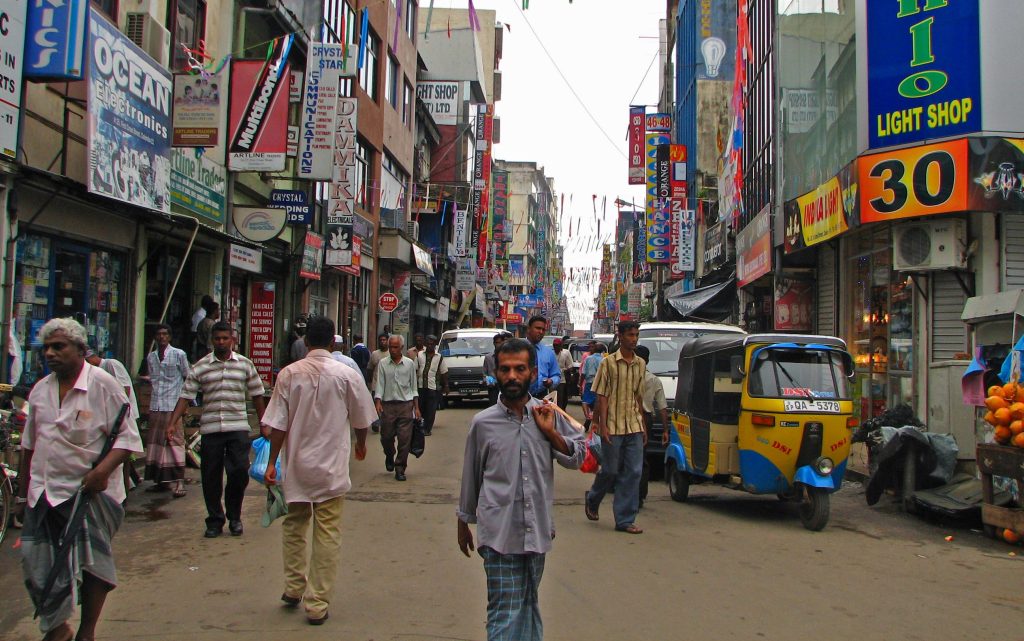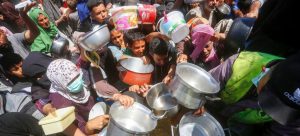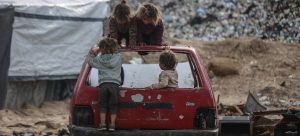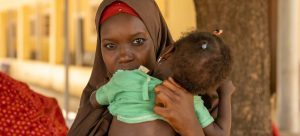
Senior ministers warned the country’s parliament earlier this month of a growing food crisis. Credit: Creative Commons
Sri Lanka continues to suffer severe food problems, even as new figures showed its consumer prices rose 14 percent in December, surpassing a previous high of 11.1 from a month earlier.
Senior ministers warned the country’s parliament earlier this month of a growing food crisis.
Rice harvests, which are due in March, are expected to be drastically lower.
This comes after an import ban on agrochemicals last year saw farmers abandoning more than 30 percent of agricultural land.
Economy battered
Sri Lanka’s tourism-dependent economy has been hammered by the pandemic.
Meanwhile, the government has imposed broad import restrictions to avert a foreign exchange crisis, triggering a shortage of essential goods.
The Census and Statistics Department said year-on-year inflation in December was the highest since the National Consumer Price Index (NCPI) was established in 2015.
It said food inflation also hit a record 21.5 percent, up from 16.9 percent in November and 7.5 percent a year ago.
Food shortages
The use of substandard organic fertiliser and pesticides has sharply reduced vegetable and fruit crop yields.
After intense farmer protests, the government lifted its agrochemical import ban in October.
However, banks are still short of dollars to finance imports.
Supermarkets have been rationing milk powder, sugar, lentils and other essentials for months with a top official warning last month of more restrictions to feed those most in need.
But agriculture ministry secretary Udith Jayasinghe was sacked hours after calling for a formal rationing scheme.
The move could have ensured that mothers, the elderly, and the sick could be fed in the months ahead.
Aid for Sri Lanka
Meanwhile, India has announced a $900-million loan to Sri Lanka.
The loan will help it build its depleted foreign reserves and for food imports.
On Wednesday, the governor of the Central Bank Ajith Nivard Cabraal said that the island nation is negotiating a $1 billion loan from India to import goods from the country.



